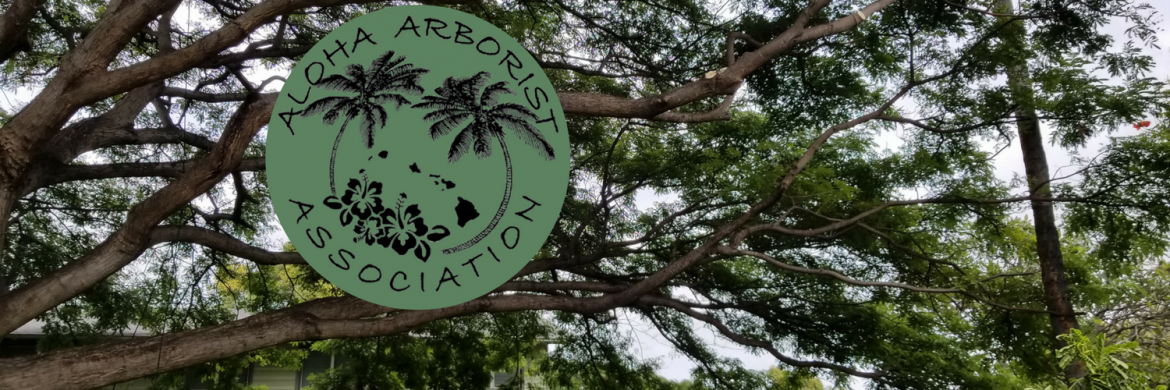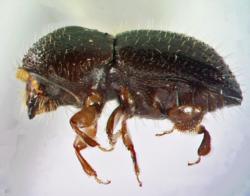- Distribution: Southern California. Widespread in Los Angeles and Orange Counties. Believed to have originated in Southeast Asia or Africa. This species appears to be a new, unnamed species so not much is known. It has also been found in Israel where it has done severe damage to avocado groves.
- Hosts: Avocado, castor bean, others. Attacks a wide range of California native species, ornamental, and horticultural trees.
- Damage:
Depends on the species attacked. Some repel the beetle. In some species, the beetle bores and the fungus is transmitted but no offspring are produced. In the most susceptible species (considered true hosts), the beetle drills into the tree, the fungus infects the tree, and the beetle produces offspring in the tree (~8% of the species attacked inCalifornia). Avocado is considered a true host as is the invasive species castor bean. Some trees have mild symptoms like branch dieback. Others are killed outright. The beetles produce a precise, perfectly round hole (>0.1 inchesdiameter) in most trees. In avocados, a “sugar volcano” forms around the entry hole. - Control
(1) Don’t move infected wood.
(2) Keep trees in optimal health.
(3) Systemics don’t work well. Prophylactic spraying of tree bark may protect uninfected trees.
(4) Sterilize pruning tools to avoid spreading the fungus.
Reference: Polyphagous Shot Hole Borer, University of California

